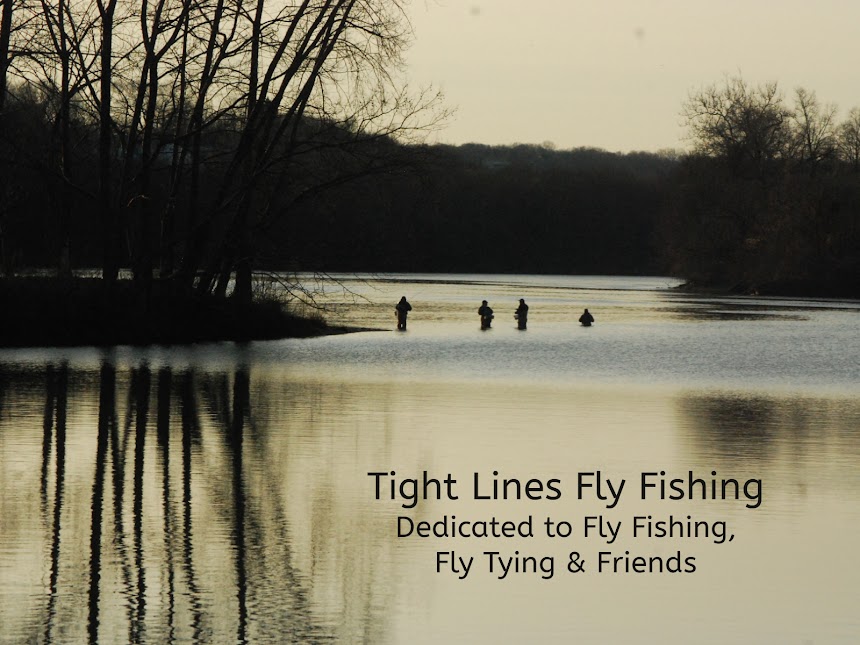The Francois
Hook: Tiemco 100SPBL Size #14 -
#18. Thread: Olive.
Bead: Tungsten bead matching
hook. Weight: .15” lead wire.
Tail: Wood duck fibers.
Ribbing: Small copper wire.
Body: Pheasant tail fibers.
Hot spot: Datum Orange Glo Brite
fluorescent Thread or fluorescent orange dubbing. (Another option is to use a fluorescent
orange bead.)
This
fly was developed by Aaron Jasper of Trout Predators Online, a.k.a. www.troutpredator.com . There
are two very important characteristics which this fly has. First, it’s weighted and has a Tungsten bead
to get it down deep. Secondly, it has a
“hot spot” or fluorescent color incorporated into the pattern. At times “hot spots” on flies make your nymph
more visible to trout. Fluorescence
is the emission of light by a substance that has absorbed light. In most cases, the emitted light has a longer
wavelength than the absorbed light. This
means it is more visible to the trout.
The trout have to see your fly in order to eat it. A fluorescent “hot spot” can increase your chances to hook up.
Begin
by placing your Tungsten bead on your hook.
Coat the hook shank with crazy glue and wrap lead wire from the middle
of the hook shank to the bead. Start
your olive thread in the middle of the hook shank. Next, tie in 4-6 fibers of barred wood duck
for the tail. The tail should be
approximately 2/3 length of the hook shank.
Tie in your small copper wire to use as ribbing. Next, tie in 6-10 pheasant tail fibers for
your body. You are going to wrap them
forward to the bead head, similar to making a standard pheasant tail nymph.
Before you wrap the peasant tail fibers forward, create a smooth nymph body
with your tying thread. Wrap your
pheasant tail fibers forward to the bead and tie them off. Trim excess.
Counter wrap your ribbing the length of the fly. Tie off and trim
excess. Tie off your olive thread. Next, tie in your orange fluorescent thread
behind the bead. Create a thin “hot
spot” collar or dub some fluorescent orange dubbing behind the bead. Whip finish and cut off thread. Below is a video from Troutpredators/Aaron Jasper on how to tie this fly.
Thanks
again to Aaron Jasper for sharing this pattern.
Please check out www.troutpredators.com . This fly can also be viewed at the
Housatonic Fly Fishermen’s Association website at www.hffa.net .
If
you have any questions about this fly or would like to submit a Fly of the
Month, I can be reached at 203 305-3850 or e-mail me at pdinice@snet.net.



.jpg)








